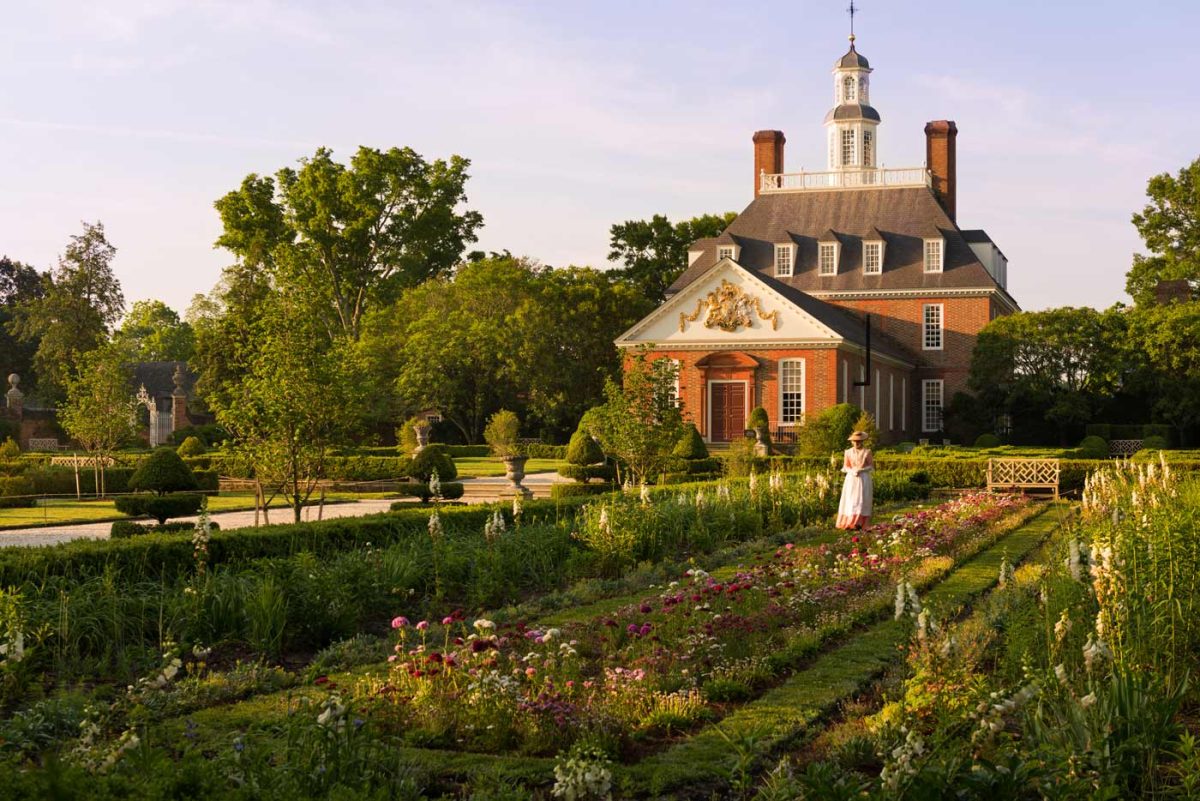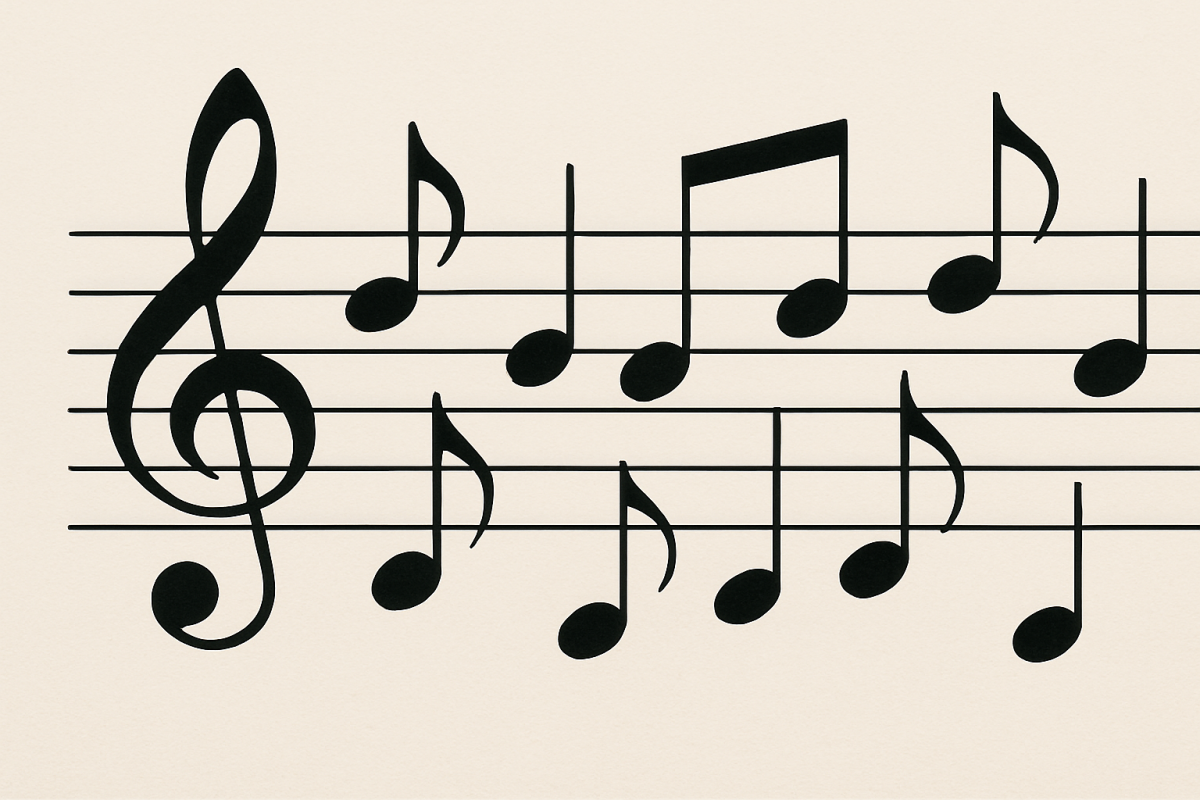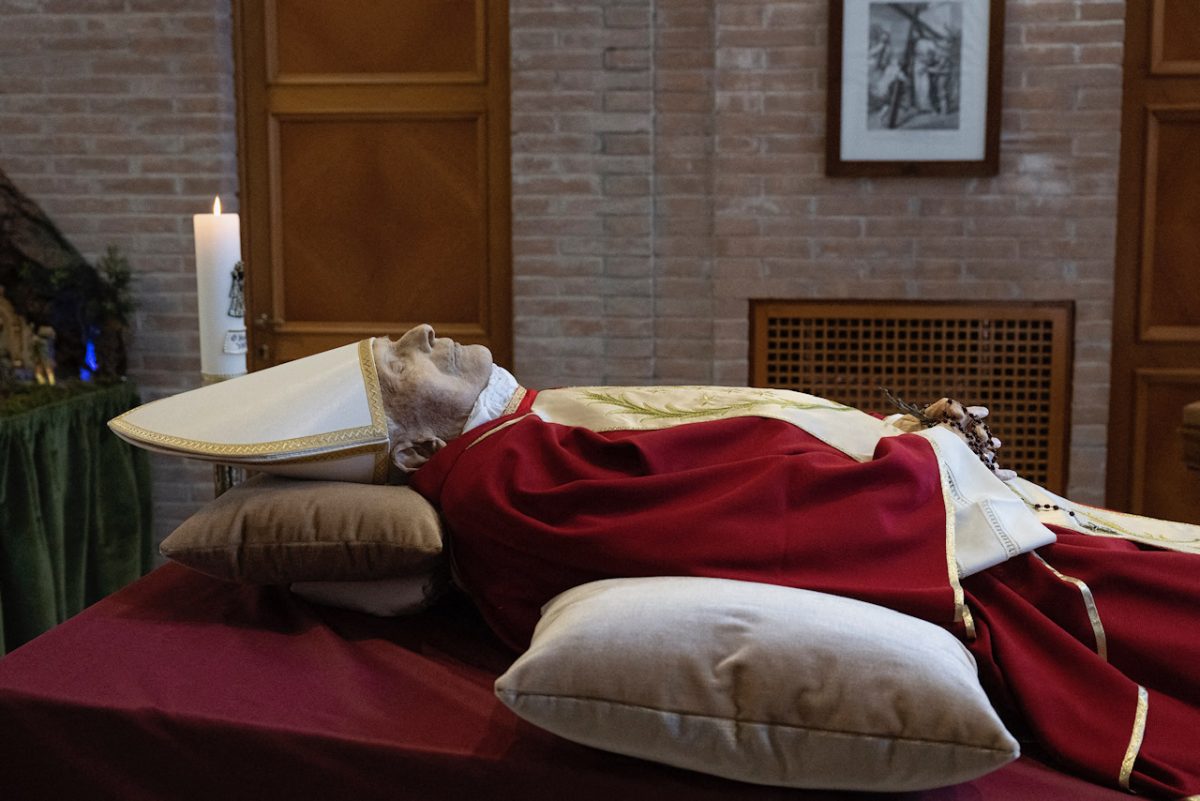Located twenty miles northwest of the bustling city of Newport News, Virginia, the Williamsburg Governor’s Palace serves as a key feature in the historical City of Old Williamsburg, a historically-accurate reconstruction project aimed at recreating 18th century life in the region during British colonial rule.
The Palace, originally constructed as a simple brick edifice in 1699, under the orders of then-Crown Governor Francis Nicholson, was a modest, two-story high Colonial-style home that was intended to serve as a permanent official residence for future royal governors and to centralize executive power in the colony. However, subsequent appointments of aristocratic Governors by the Crown, who had been accustomed to grand living conditions in England, and the rising prominence and wealth of the colony, led officials to consider the structure lacking in size and scale, leading to Nicholson’s successor, Governor Alexander Spotswood, to order the building of a much larger and more ornate Governor’s Palace in 1716 on the same site.

Known for his fine taste and extravagance, Spotswood aimed to create a gubernatorial residence that would rival the finest aristocratic residences in England, a move that was intended to symbolize Virginia’s ascending status within the British Empire.
The construction, managed by local colonial architects and artisans, spanned approximately 16 years and utilized local and imported stone and brick, with the initial construction finally ending in 1722. A large ballroom was added to the rear of the Palace in the late 1740s. The cost and extended construction time of the Palace made it the subject of much ridicule among the citizens of Williamsburg, with it deriving its name from being jokingly branded as a “palace” by locals opposed to its construction.
The resulting Palace was a heavily English-style Georgian building with simple masonry and subtle homage to the British Crown, such as in the form of lion and unicorn figurines, symbols of the British monarch, and carvings of the British Royal Coat of Arms. The Palace’s vast gardens, inspired by those of Versailles and the Palace of Hampton Court, were designed in a fusion of English and French landscaping styles. The newly-finished Governor’s Palace, though seemingly “bland” and “unrefined” for the tastes of visiting European aristocrats, was monumental for the citizens of bucolic Williamsburg at the time.
Going on to serve as the official residence and office for the next seven Crown Governors of Virginia, and two American Governors of Virginia, the Williamsburg Governor’s Palace served as the de facto seat of power in Virginia for almost two centuries. During this period of time, various influential men, with the likes of Robert Dinwiddie (1751-1758), recognized for his management of the French and Indian War, John Murray, 4th Earl of Dunmore, (1771-1775), known for his orders to burn Norfolk and the Dunmore Proclamation, an order promising the emancipation of slaves joining the Loyalist Cause, a key factor that pushed the slave-owning elite of Virginia to rebellion, Patrick Henry (1776-1779), the first American Governor of Virginia, well-known for his “Give Me Life or Give Me Death” speech, and Thomas Jefferson (1779-1781), the author of the Declaration of Independence and future President of the United States, lived in the Palace during their respective tenures of governor.
In the late 1770s, Lord Dunmore’s controversial actions, particularly his attempts to govern without the input of the House of Burgesses, the colonial legislature of Virginia at the time, led to rising tensions in Williamsburg between the colonists and Crown-appointed officials, ultimately resulting in the local townsfolk joining the revolutionary cause during the American Revolutionary War. Lord Dunmore, aware of rising tensions and his unpopularity in the colony, soon fled Williamsburg and evacuated the Palace in June of 1775, a year prior to the American Declaration of Independence in July of 1776. Lord Dunmore fled to the Caribbean, eventually resettling in Scotland, but would never return to Virginia.
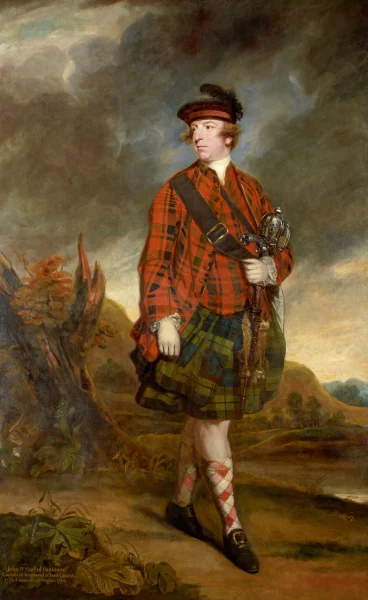
Deserted by Dunmore, the last Crown Governor of Virginia, the Palace was soon seized and occupied by Patrick Henry, the first American governor of Virginia, in early 1776. Patrick Henry and his family continued to live in the palace during the initial actions of the American Revolutionary War. However, after being limited under the new 1776 Constitution of Virginia to three consecutive terms as Governor, Patrick Henry was soon forced to leave office and the Palace in late 1776.
Henry’s successor, Thomas Jefferson, the future third President, soon took up residence in the palace in early 1777 and continued to live there until 1780. It was during this time when Jefferson proposed painting the Palace a whitish alabaster and adding Greek Revival-style porticos to the wider two sides of the Palace, keeping it in touch with the Greek-Revival architecture popular during Jefferson’s time. However, Jefferson’s plans for the Palace never materialized due to the lack of funds during his governorship due to the ongoing Revolutionary War.
Soon after, concerned of the presence of British soldiers in the area, Thomas Jefferson, with the approval of the newly-formed Virginia House of Delegates, the post-independence successor of the House of Burgesses, moved the capital of Virginia from Williamsburg to Richmond, the modern-day capital of Virginia, for economic and strategic reasons. The Palace and other state buildings in Williamsburg were soon vacated and left empty by the end of 1780, after the transfer of the government to Richmond.
After lying unused and empty for almost two years, the Government of Virginia decided to convert the Governor’s Palace into a convalescent hospital for wounded soldiers from the Battle of Yorktown in 1781. However, perhaps as a result of arson, the main building of the Palace burned down later that year on December 22, 1781, with the ruins being soon razed by government contractors. Outbuildings of the Palace surviving the fire in 1781 were ultimately destroyed by Union soldiers invading Virginia during the Civil War for bricks.
By the late 19th century, all physical traces of the building had been erased and the lot on which the Palace stood was auctioned off, with some land being retained by the government with the rest entering private ownership. The land was then redeveloped to serve a variety of uses, and by the early 20th century, came to feature a high school, railroad tracks, oil lines, farmland, and a few homes.
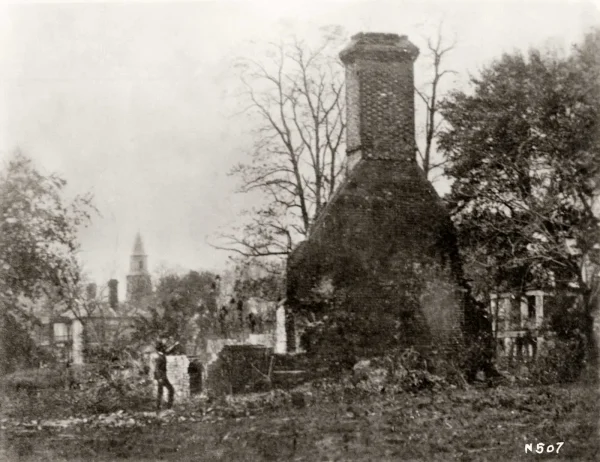
In the 1920s, being propelled by the Colonial Revival movement, a surge in interest in colonial American history and architecture, the newly-formed Colonial Williamsburg Foundation, a group of local and out-of-state Americans interested in the colonial history of Williamsburg, took steps to purchase the land on which the Palace stood and reconstruct it. Their attempts, though seemingly futile at the time, proved to be successful, and by 1928, the Colonial Williamsburg Foundation had successfully demolished all structures on the property and readied it for construction.
However, due to the lack of verifiable records of the Palace’s original exterior or interiors, the Colonial Williamsburg Foundation was forced to conduct meticulous research regarding the original design and layout of the building, with the rediscovery of the Bodleian Plate, a copperplate engraving of various colonial buildings in Williamsburg, of which the Governor’s Palace was one, in England proving to be the biggest furtherment of the matter. The information gained from the Bodleian Plate, along with additional information gathered from various aristocratic residences in England, allowed the Colonial Williamsburg Foundation to create construction plans for the current Governor’s Palace, which is an exact replica of the original both in terms of size and design. The reconstructed Palace’s exterior and interiors were finished in 1931 and 1932 respectively.

